His hands trembling as he spoke in the House of Commons, Patrick Grady cut a pathetic figure.
The SNP MP for Glasgow North had been found guilty by parliamentary authorities of making unwanted sexual advances to a junior member of staff, and handed a two-day suspension from the house. Now, he was making the public apology required of him.
Grady told fellow MPs how profoundly sorry he was, how deeply he regretted his actions, and promised that there would be no repeat of his behaviour.
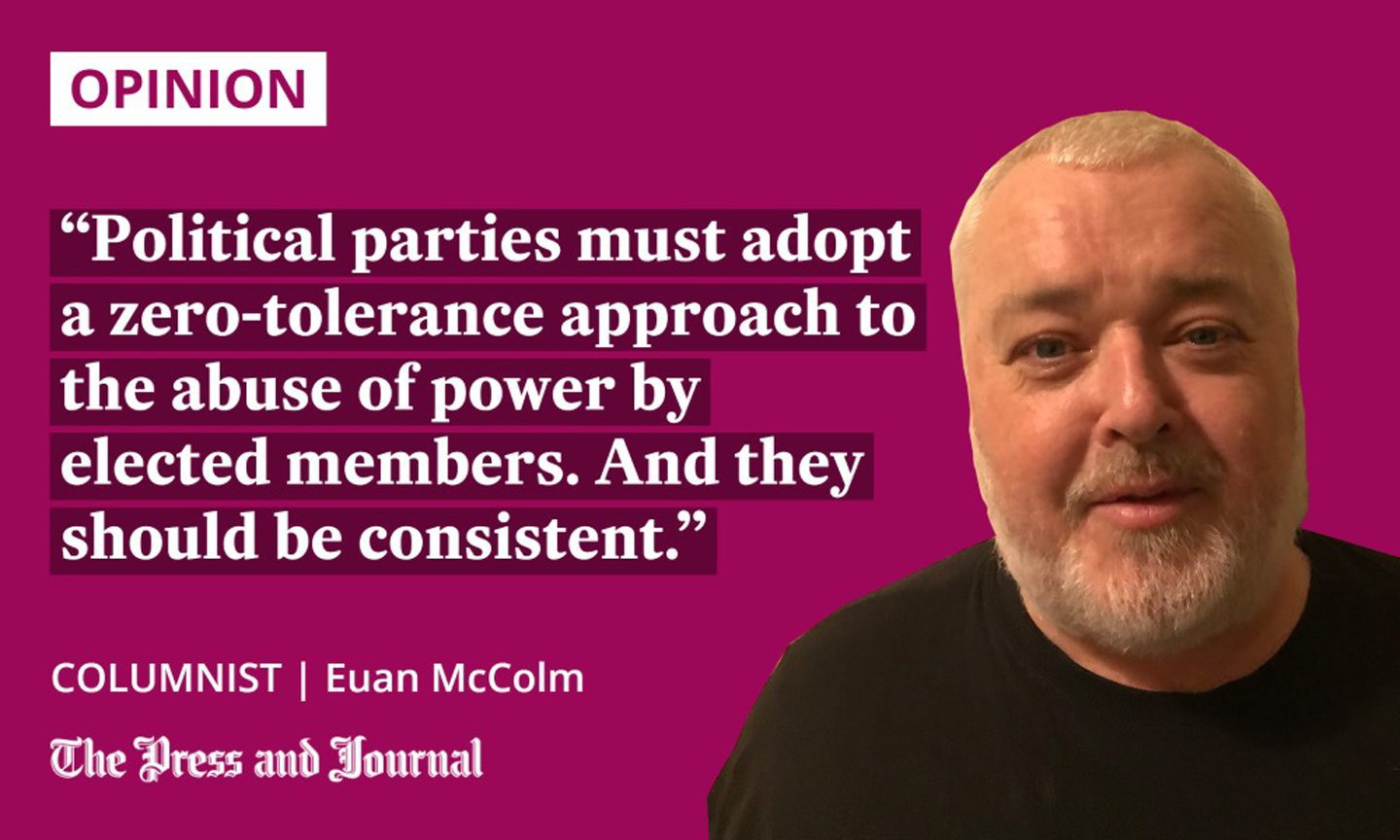
A two-day suspension for abusing his position of power over a teenage staff member might seem rather lenient to you, but there was more punishment to come. The SNP took the decision to suspend Grady for a whole week.
Grady’s victim has spoken out about the sanctions against the MP, making the entirely reasonable point that such leniency may deter others from speaking out in future.
There’s someone else who might feel the SNP’s handling of this troubling matter leaves something to be desired.
Why was McDonald treated more harshly than Grady?
In 2017, the MSP for Aberdeen Donside, Mark McDonald, was suspended by the party over allegations from a number of women that he had sent them inappropriate messages. After a party investigation substantiated the accusations against him, McDonald resigned from the SNP before he could be expelled. Later, Holyrood authorities recommended his suspension from parliament, without pay, for a month.
Once he became an independent, numerous politicians – including First Minister Nicola Sturgeon – demanded that McDonald resign from parliament. Instead, he clung on, before stepping down at last year’s Holyrood election.
I make no defence of McDonald’s behaviour. In sending inappropriate messages to staff members, he was clearly abusing his position of power. I find it hard to rumble up even a scintilla of sympathy.
But, it is impossible not to think that his treatment by the SNP was considerably harsher than Grady’s.
The SNP is failing victims of harassment
We know now that the SNP was informed of allegations against Grady at the same time that it was investigating McDonald. But, rather than take formal action, the party’s Westminster leader, Ian Blackford, took the indefensible decision to try to resolve things informally, even calling Grady’s victim to a meeting with the man who’d groped him.
Incredibly, Grady was protected in his position as the SNP’s chief whip at Westminster, only standing down when details of his behaviour emerged last year.
It is truly shocking… Patrick Grady remained as the SNP's chief whip at Westminster for *three years* after Ian Blackford became aware of the complaint against him
— John Stevens (@johnestevens) June 14, 2022
Political parties must adopt a zero-tolerance approach to the abuse of power by elected members. And they should be consistent.
The contrast between the hounding of Mark McDonald and the protection of Patrick Grady tells us that the SNP is failing to do right by victims of harassment.
Euan McColm is a regular columnist for various Scottish newspapers
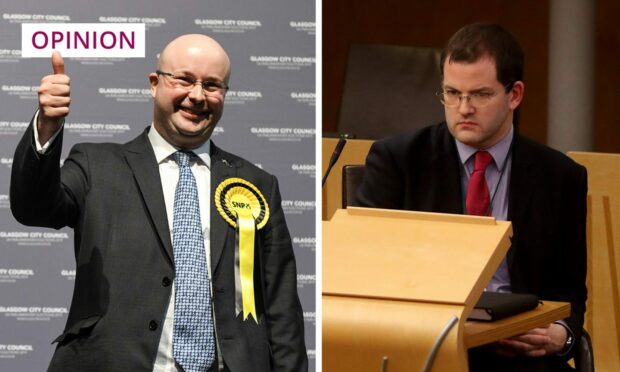
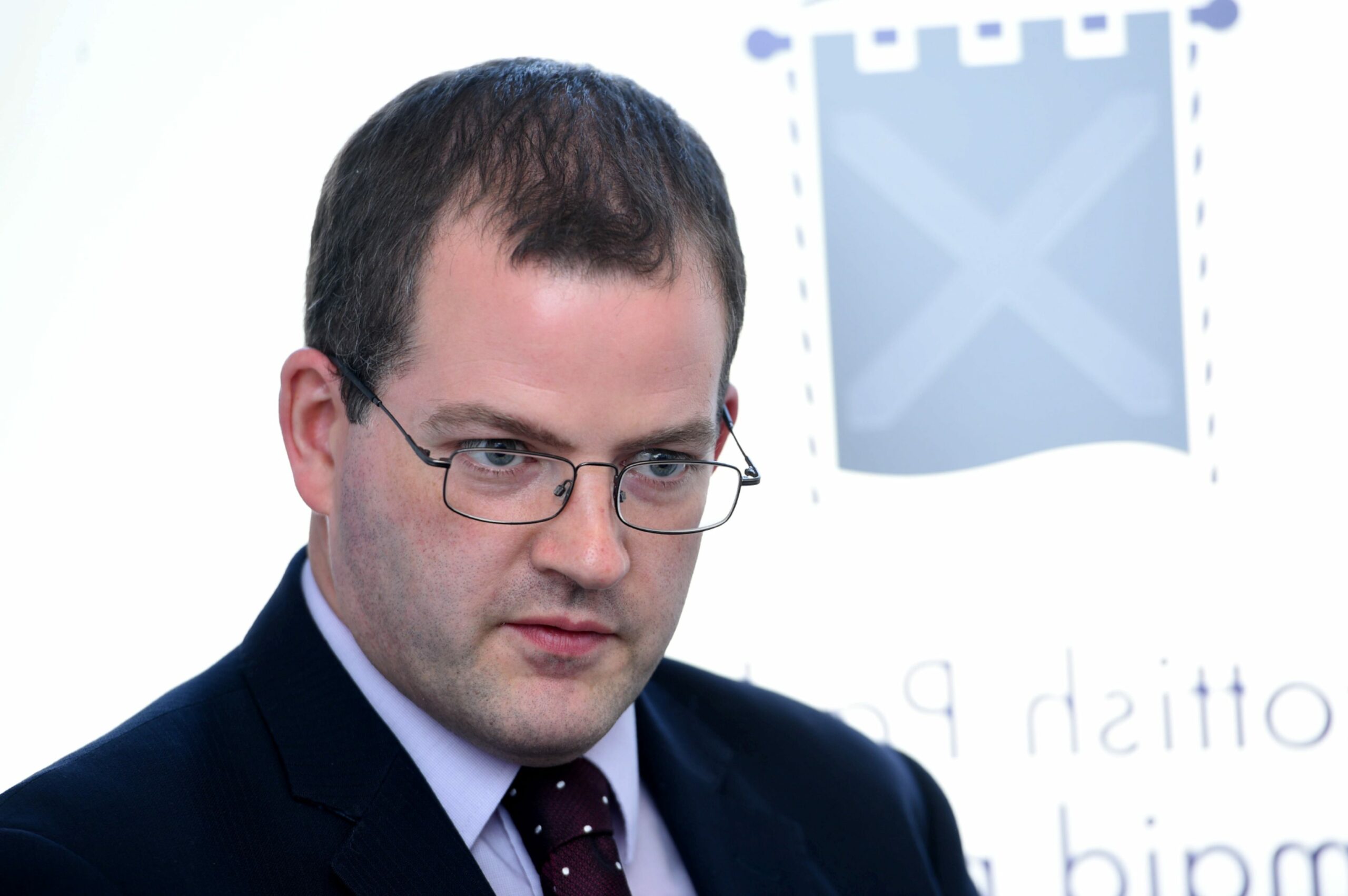
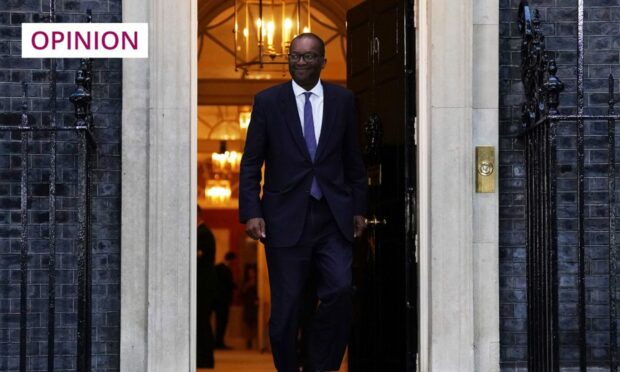

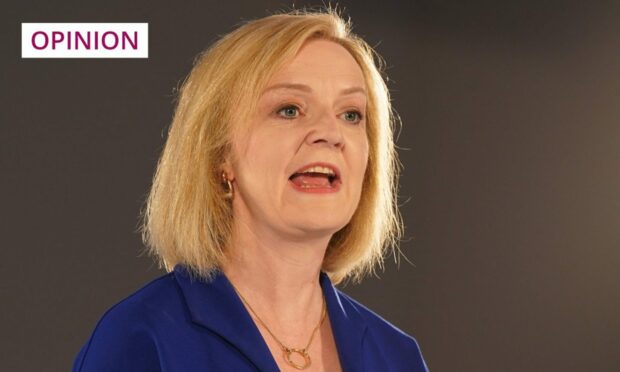

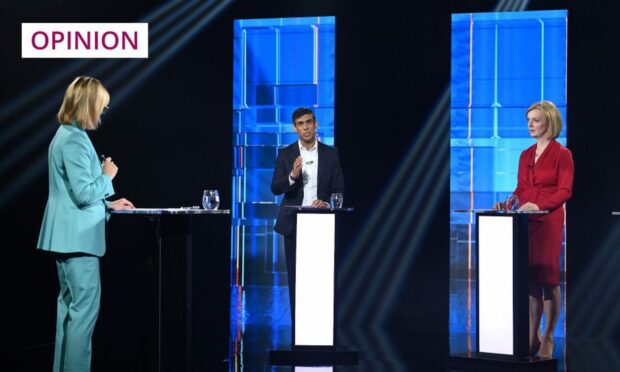
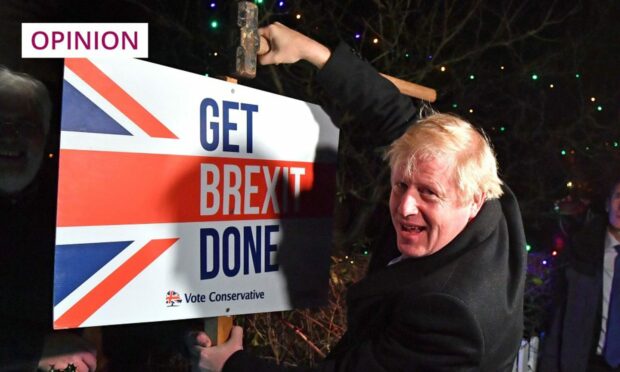










Conversation